Grey Wasteof Hades
Between the raw destructive evil of the Abyss and the ordered precision evil of the Nine Hells sits a middle ground of apathy and despair. The singular expression of this insidious power is the Gray Waste of Hades, a plane that drains away joy, happiness, and contentment. A special property of the plane drains away color in the same fashion, leeching it away to leave a drab gray in its place.
In a relative comparison of evils, many planar scholars point to the apathy inherent in Hades as the worst to affect mortals. It creeps under the skin and seeps slowly into the soul, poisoning the heart and mind. It’s a quiet evil of complacency and despair that crushes hope, and wishes to see others fall down the same path. Hopelessness and apathy fill the air like a stink, and many that find themselves traversing Hades discover the gloom taking over their minds.
Gloom is a perfect word for Hades, which is why it’s also referred to as the Three Glooms in reference to the three layers. The first layer, Oinos, is the home of disease, and it also sees the most open conflict out of any Lower Plane. The Blood War, the eternal conflict between the demons of the Abyss and the devils of the Nine Hells, plays out in the gray landscape of Hades’ first layer. Fiends of all types on the plane get caught up in the bloody battles which can rage for days, darkening the already gloomy sky with smoke and the shadows of flying monsters.
What draws the forces of the Lower Planes to Oinos specifically? Some planar scholars theorize it’s just the polarizing nature of the multiverse to play out in the philosophical middle between the Abyss and Baator, but there seems to be more than just philosophy at work. None of the grunt soldiers on either side seem to know for sure, but whispered rumors in the command positions speak of a prophecy regarding possessing Hades and winning the Blood War.
Yugoloths are just as common on Hades as demons and devils, and most believe the species of mercenary fiends originated somewhere in the gloom. They’ve since emigrated to neighboring Gehenna and have laid claim to that plane as their own, but a few bastions of their power remain on Hades. The most notable of these is Khin-Oin, also known as the Wasting Tower, a 20-mile high bone structure seemingly constructed from the spine of some enormous monster.
The creatures that live and hunt in the glooms of Hades are dangerous monsters. Night hags are common, ruling small fiefdoms, castles, and other territories across all three layers. They are frequent harvesters of larvae that crawl in the dusty dirt throughout Hades. These larvae are more than just regular worms; they are the souls of those lost to the gray despair of the plane. Each is large, averaging about three feet long, with segmented worm-like bodies capped with the same face they had in life. Most of their memories have been drained away just like color, and they form the basis for a dark trade that circulates throughout the Lower Planes. Fiends, undead, unscrupulous wizards and priests, and other darkly associated creatures use larvae as food, as the fulcrum of evil rituals, or in countless other nefarious ways.
Herds of nightmares gallop across the Gray Waste. Something in the insidious nature of the plane warps horses into these coal-black fiends of fire and death. Several powerful specimens have risen up above the herd and have taken to forming plots and goals. Known as the Nightmare Princesses, they are vile and despicable creatures that sell their kind to fiends in exchange for profit.
The most numerous of the creatures in Hades are the hordlings. These fiends come in many shapes and sizes and seek nothing more than evil for evil's sake. They are untrustworthy and savage, making them poor troops for both demons and devils, but their sheer numbers make them a threat to almost any non-native. Even fiends tread carefully when dealing with them – their unpredictable abilities and self-serving nature make them dangerous.
Getting There
Hades is one of the most accessible planes in all the multiverse. The River Styx flows through the top layer, with numerous tributaries winding into Niflheim. Portals and gates spontaneously appear throughout the multiverse to the Gray Waste, and the gods of death that hold sway over great portions of the plane monitor the flow of souls through astral conduits. Unclaimed souls from across the multiverse end up in Hades, usually in the realm of one of the death gods, and many of these paths remain open far longer than they need to.
Portals leading out of Hades are a bit rarer. They appear as spinning coins, shining brightly in the gray twilight. The color of each roughly determines its location – golden coins almost always lead to Carceri, while copper ones lead to Gehenna. Silver coins are more random and can lead to any other plane, though the Lower Planes are more common, and rare platinum coins lead directly to the Astral Plane. Most of these portals are fixed permanent features of the plane, making them prime hunting grounds for the monsters of Hades.
Lay of the Land
The glooms of the Gray Waste truly earn their name. Everything is leeched of color and emotion, though the landscapes vary a surprising amount. Most of the things that lurk across all the layers of Hades are evil and seek nothing more than to drain the life and will out of travelers, so adventurers are cautioned to be on their guard at all times. The Gray Waste is not a forgiving place.
Oinos
The top layer of Hades is a blasted gray wasteland, peppered with rough hills and rocky fields. The landscape has been shaped by the monumental conflicts of the Blood War that have ravaged the already bleak terrain. Craters, crevasses, and canyons pock the ground where violent eruptions have split the land from the absolutely horrific power unleashed by demons, devils, and the mercenary forces that aid both sides. The few lakes that exist on Oinos are usually the result of pooling blood spilled from a particularly savage battle.
The River Styx winds through Oinos, though the plane's graying effect mutes its normally blood-red waters. The river is an important strategic landmark, so demons and devils hotly contest it. Owing to their nature, the devils set up regular checkpoints to inspect travelers coming from the neighboring planes of Carceri and Gehenna. The demons do what they do best – throw hordes of monsters to overwhelm their foes and bring utter chaos to the situation.
No wind stirs the dust of Oinos, and no sun hangs in the sky. The perpetual gloom and heavy anticipation of a coming disaster make a thick combination in the air that can quickly overwhelm non-natives. Vision is limited because of the graying sameness of it all, obscuring details beyond 500 feet in any direction despite the lack of natural obstacles.
Oinoloth of the Wasting Tower
The most influential and individually powerful of all the yugoloths in the multiverse is the oinoloth, who sits at the top of Khin-Oin, the Wasting Tower, a 20-mile-high bone-like structure stretching up from a barren patch of the Gray Waste. In theory, the oinoloth rules over the yugoloths and directs their actions, working towards the betterment of their fiendish species against the other powers in the multiverse.
Most don't realize that the oinoloth is a title given to any being that reaches the top of the Wasting Tower and defeats the current oinoloth. Yugoloths are usually the only ones to care to even try, but some demons, devils, and even mortals have entered Khin-Oin with the intent of claiming the lofty title. With it comes a host of powers, including control over the Siege Malicious, a great throne with the power to create diseases and spread them throughout Hades and beyond, or so it is rumored.
The current oinoloth is Mydianchlarus, an incredibly paranoid ultroloth who defeated the previous oinoloth to claim Khin-Oin as its own. Mydianchlarus receives ambassadors from the Abyss, the Nine Hells, Carceri, and elsewhere in special chambers, but she never greets them in person. Instead, she speaks through a special magical link with powerful zombies that see to the needs of the ambassadors. Very little is accomplished in these meetings as Mydianchlarus refuses to utilize the powers of the Siege Malicious on any scale helpful to either side in the Blood War, but the visitors and the oinoloth continue to put up a charade.
Niflheim
The second layer of Hades is a vast pine forest stretching into infinity, filled with thick curling mists. The trees have an unhealthy look, largely because of their dull gray bark and thin needles. A chill hangs in the air, which, combined with the mist, creates a moist feeling everywhere. The ground rises and swells in low hills marked only occasionally by a lone mountain, though lakes of dingy gray water are frequent across Niflheim.
The creatures that stalk through Niflheim are well adapted to the mists, which otherwise obscure vision beyond more than 50 feet. Creatures that rely on sight will have a hard time in the forests, so the native monsters use other senses to track down their prey. The fearsome garmr, wolves of the mist, are completely blind and hunt by scent alone – their fearsome howl can unnerve even the bravest foes.
The ambient light of the gray sky overhead is the only illumination on Niflheim; the mists seem to actively attack and swallow other sources of light brought into the pine forest. This suits the residents just fine, chief among them the goddess Hel in the Isles of the Cursed, ten islands in the middle of a massive gray lake. Magical forces prohibit flying over the lake.
Death of Innocence
Squatting in the pine forest of Niflheim sits the isolated frontier town, Death of Innocence. The people that have drifted into its wooden-timbered buildings and muddy streets all share the viewpoint that death is the only release from suffering, but they are too selfish and too arrogant to die by their own hands. It is a grim town, with clawing mists as thick as anywhere on the layer hanging around it, but it does offer some respite for those lost to Niflheim’s heavy pine forests.
Death of Innocence is positioned relatively close to the Halls of Hel, and the goddess of death does not look kindly upon such a settlement so near her sacred borders. She has sent packs of garmr led by her most experienced hunters into the town to wipe them out, which happens frequently, but something in the site attracts more people and before long the buildings are back up and Death of Innocence stands again. It’s happened so many times the residents actually look forward to the razing.
What about the site attracts travelers and draws the ire of Hel? There have ben strange occurrences in Death of Innocence witnessed by travelers, including glowing lights, distant laughing voices, the tinkling of bells. Is there a gateway to the Plane of Faerie, the Feywild, hidden somewhere within, below, or even above Death of Innocence?
Pluton
The lowest layer of Hades is Pluton, a gloom of endless gray murky bogs, rocky outcroppings, and sparse fields of night-black poplar trees. Here, the graying effect of the plane also leeches out memories, robbing visitors of their life experiences, and the landscape reflects this property. Everything looks the same, and few landmarks stand out to help travelers navigate.
The Blood War rarely reaches Pluton, and there are very few native creatures. The dangers of the gloom are enough to deter most from visiting willingly. Pluton’s primary feature is the Underworld, which sits in massive caverns below the sand dunes. This is the realm of Hades, an ancient god of death who shares the name of the plane, and it is populated by the largest number of dead souls in the multiverse. Hades, the god, greedily pulls unclaimed souls into his Underworld and uses them as bargaining chips when dealing with other powers. He is the most powerful of the Triumvirate of the Grave, the trio of death gods that ostensibly rule over the plane.

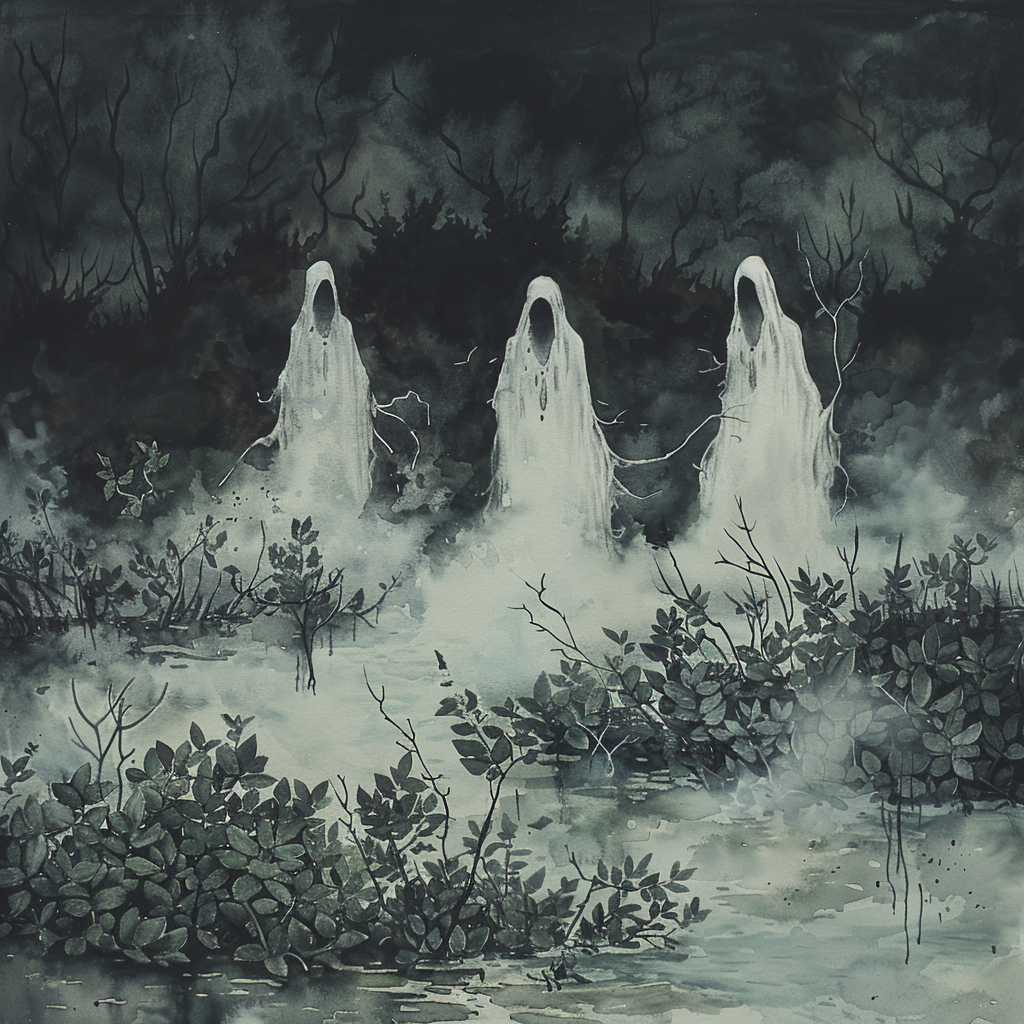
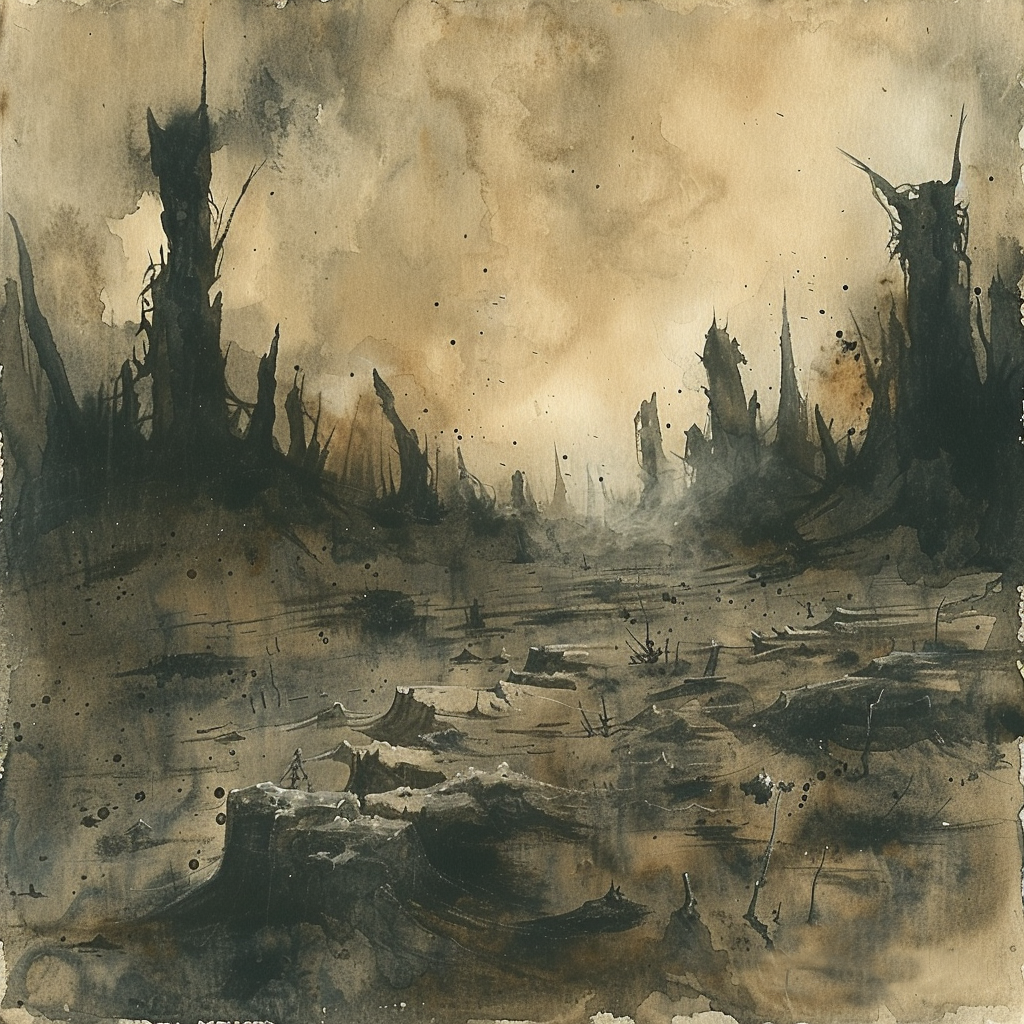
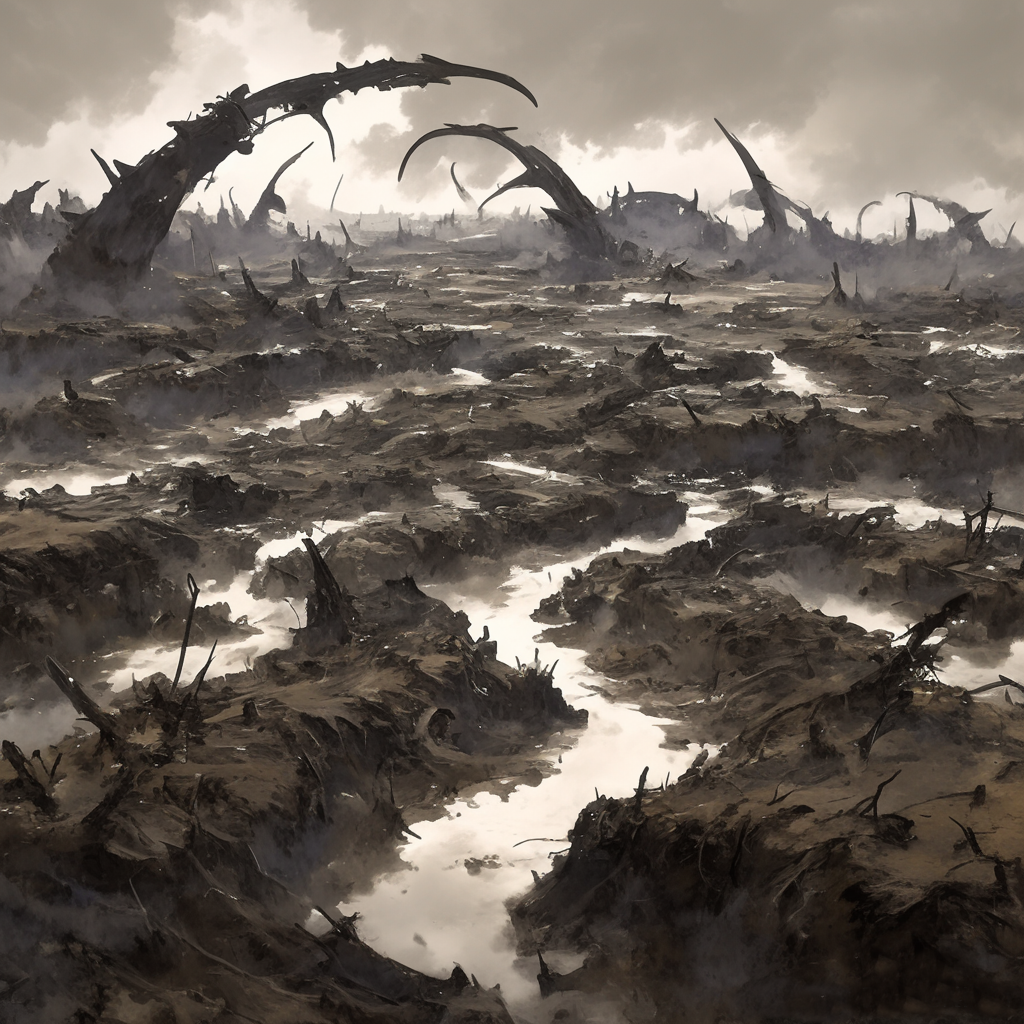
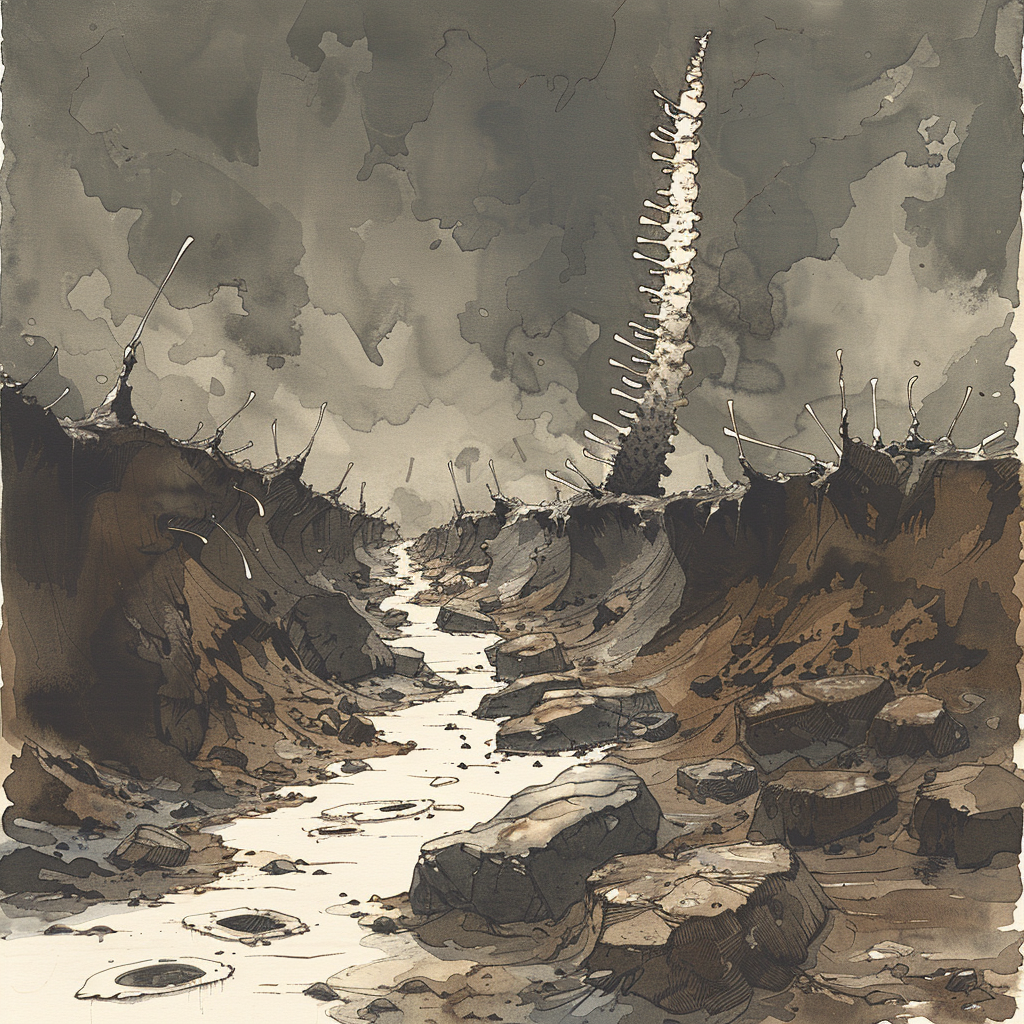

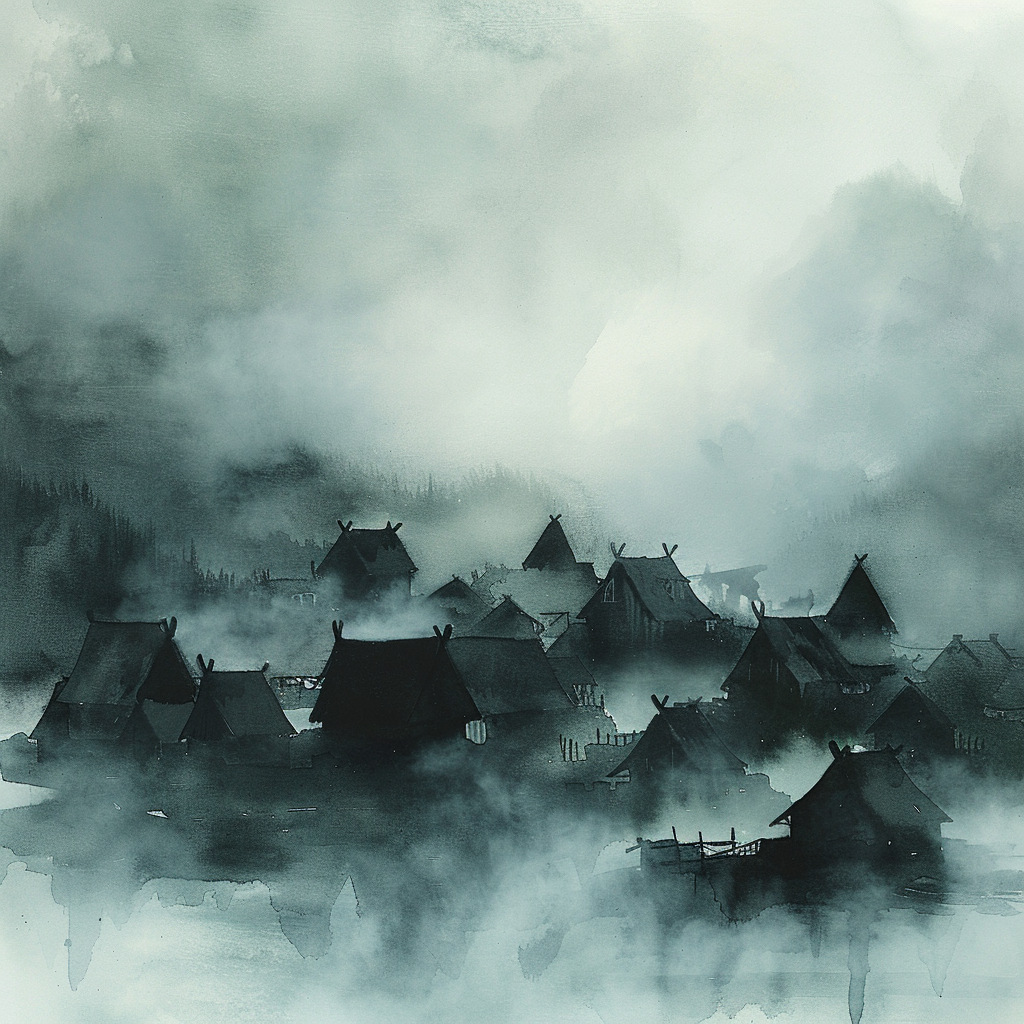
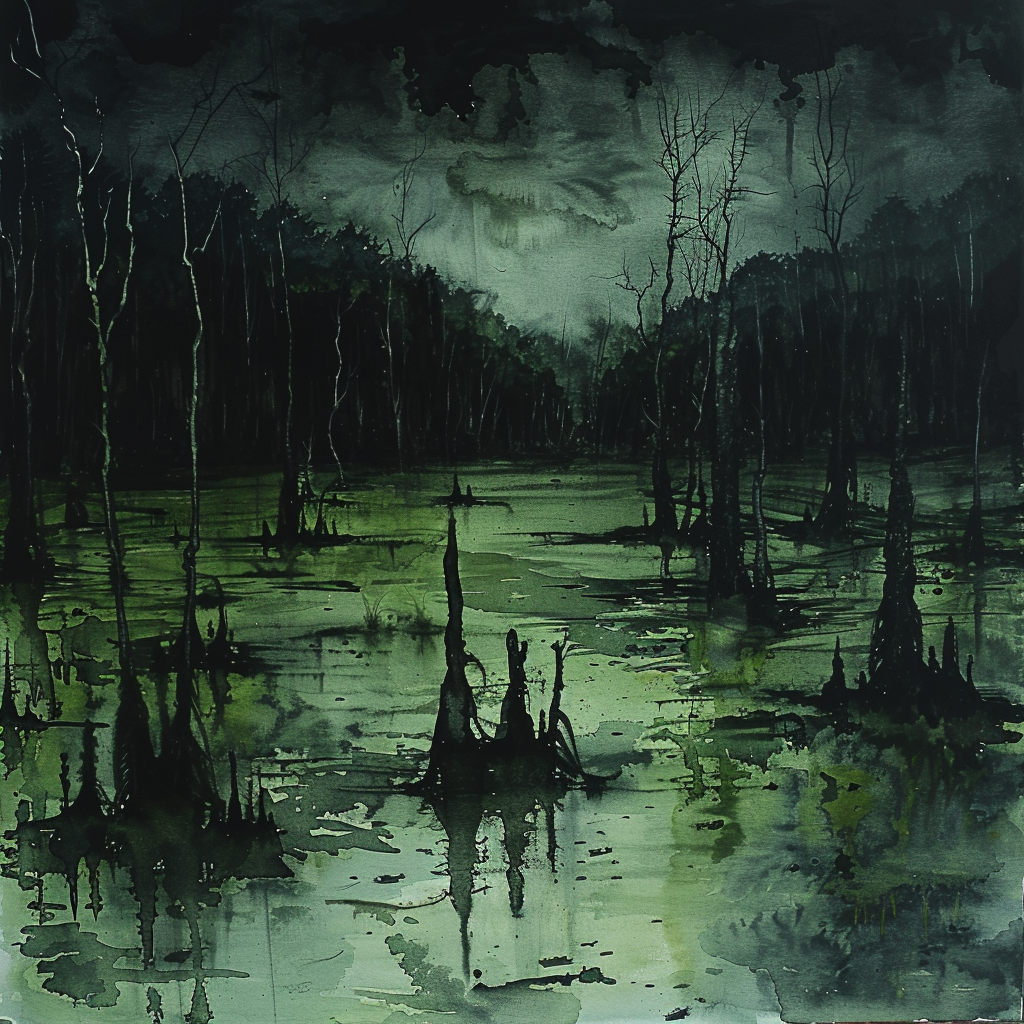

Comments